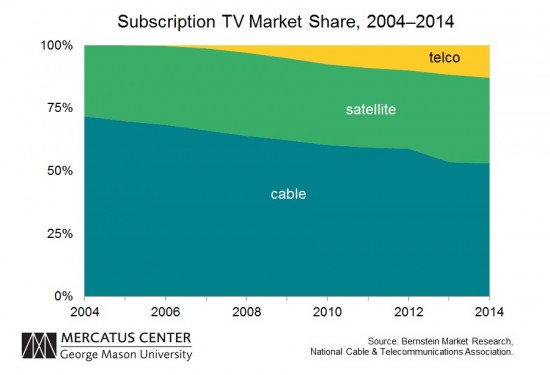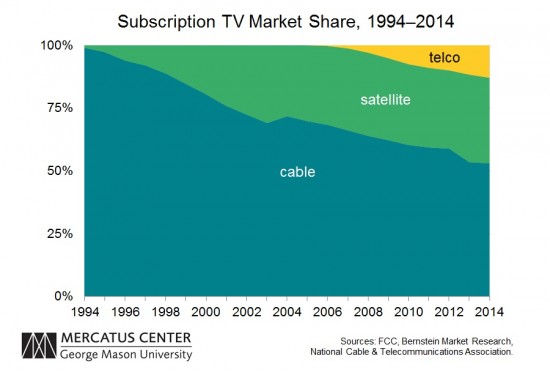The FCC released a proposed Order today that would create an Office of Economics and Analytics. Last April, Chairman Pai proposed this data-centric office. There are about a dozen bureaus and offices within the FCC and this proposed change in the FCC’s organizational structure would consolidate a few offices and many FCC economists and experts into a single office.
This is welcome news. Several years ago when I was in law school, I was a legal clerk for the FCC Wireless Bureau and for the FCC Office of General Counsel. During that ten-month stint, I was surprised at the number of economists, who were all excellent, at the FCC. I assisted several of them closely (and helped organize what one FCC official dubbed, unofficially, “The Economists’ Cage Match” for outside experts sparring over the competitive effects of the proposed AT&T-T-Mobile merger). However, my impression even during my limited time at the FCC was well-stated by Chairman Pai in April:
[E]conomists are not systematically incorporated into policy work at the FCC. Instead, their expertise is typically applied in an ad hoc fashion, often late in the process. There is no consistent approach to their use.
And since the economists are sprinkled about the agency, their work is often “siloed” within their respective bureau. Economics as an afterthought in telecom is not good for the development of US tech industries, nor for consumers.
As Geoffrey Manne and Allen Gibby said recently, “the future of telecom regulation is antitrust,” and the creation of the OEA is a good step in line with global trends. Many nations–like the Netherlands, Denmark, Spain, Japan, South Korea, and New Zealand–are restructuring legacy telecom regulators. The days of public and private telecom monopolies and discrete, separate communications, computer, and media industries (thus bureaus) is past. Convergence, driven by IP networks and deregulation, has created these trends and resulted in sometimes dramatic restructuring of agencies.
In Denmark, for instance, as Roslyn Layton and Joe Kane have written, national parties and regulators took inspiration from the deregulatory plans of the Clinton FCC. The Social Democrats, the Radical Left, the Left, the Conservative People’s Party, the Socialist People’s Party, and the Center Democrats agreed in 1999:
The 1990s were focused on breaking down old monopoly; now it is important to make the frameworks for telecom, IT, radio, TV meld together—convergence. We believe that new technologies will create competition.
It is important to ensure that regulation does not create a barrier for the possibility of new converged products; for example, telecom operators should be able to offer content if they so choose. It is also important to ensure digital signature capability, digital payment, consumer protection, and digital rights. Regulation must be technologically neutral, and technology choices are to be handled by the market. The goal is to move away from sector-specific regulation toward competition-oriented regulation. We would prefer to handle telecom with competition laws, but some special regulation may be needed in certain cases—for example, regulation for access to copper and universal service.
This agreement was followed up by the quiet shuttering of NITA, the Danish telecom agency, in 2011.
Bringing economic rigor to the FCC’s notoriously vague “public interest” standard seemed to be occurring (slowly) during the Clinton and Bush administrations. However, during the Obama years, this progress was de-railed, largely by the net neutrality silliness, which not only distracted US regulators from actual problems like rural broadband expansion but also reinvigorated the media-access movement, whose followers believe the FCC should have a major role in shaping US culture, media, and technologies.
Fortunately, those days are in the rearview mirror. The proposed creation of the OEA represents another pivot toward the likely future of US telecom regulation: a focus on consumer welfare, competition, and data-driven policy.



 The Technology Liberation Front is the tech policy blog dedicated to keeping politicians' hands off the 'net and everything else related to technology.
The Technology Liberation Front is the tech policy blog dedicated to keeping politicians' hands off the 'net and everything else related to technology.